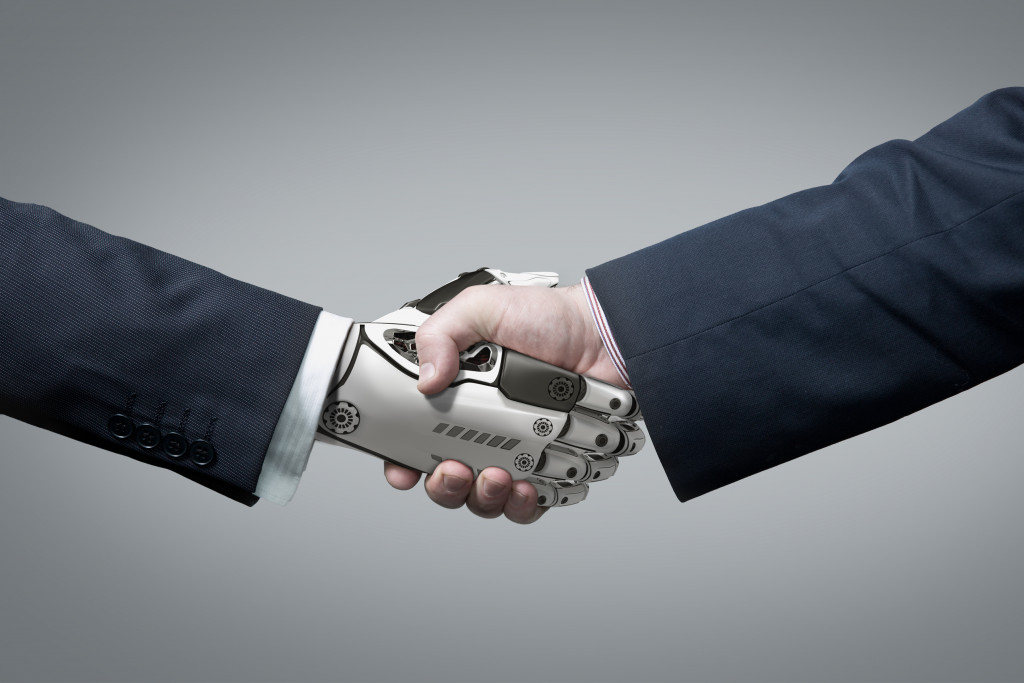If you are a professional looking for information on various prosthetic devices and their functions, you have come to the right place. This article will provide expert information on different prosthetic devices and how to use them to improve your quality of life.
Artificial limbs
Artificially-manufactured limbs have come a long way over the years, allowing individuals with amputations to experience unprecedented levels of mobility and independence. Their use is made realistic thanks to modern advances in prosthetic technology. 3D printing, for instance, allows for easier production of robust artificial limbs that can be customized to a user’s measurements and desired level of comfort.
In addition, implants are a growing trend that offers enhanced control due to their closer connection to the body’s neural pathways. The combination of these technologies gives wearers greater dexterity and accuracy than ever before – enabling them to efficiently perform activities they might otherwise find difficult or even impossible.
Dental implants
Dental implants are reliable and effective prosthetic devices for replacing missing teeth. They involve surgically inserting small titanium rods into the jawbone below the gum line, which then serves as an anchor for artificial teeth such as crowns, bridges, or dentures.
Along with restoring dental aesthetics, dental implants help prevent jawbone recession that occurs when a tooth is replaced with a bridge instead. Additionally, compared to other prosthetics, dental implants offer improved comfort due to taking advantage of your body’s natural biology and effectively preventing adjacent teeth from shifting when one is lost.
In some cases, you can even use them in combination with traditional removable dentures to enhance their stability. Dental implants have much to offer if you’re considering replacements for missing teeth, given their unbeatable long-term track record and overall effectiveness.
Breast prostheses
Breast prostheses are an essential service for many women who have undergone mastectomies. With a custom fit, the prosthesis can recreate a natural breast’s shape, size, and look.
In addition to being a practical solution, wearing a prosthesis can also be emotionally beneficial as it can help restore confidence in one’s appearance or sense of self. While there are different types of prostheses available, they all aim to make life easier for those living with the results of their mastectomy. Women who choose to wear them should do their research to make sure they select the most comfortable and realistic option possible.
Craniofacial prostheses
Craniofacial prostheses can help reclaim self-confidence and a sense of being presentable for those whose physical features have been disfigured due to disease or injury. Made of a lightweight polymer, these prostheses are custom-crafted to match the patient’s natural facial features, making them look more like the person they used to be and less like the trauma of their disfigurement.
It is a fantastic honor to provide something that can impact someone’s life by simply improving their appearance. The results of these prostheses can be breathtaking and offer a renewed hope that beauty and function can coexist even after enduring tragedy.
Hearing aids
Hearing aids have come a long way since their invention in 1898. Modern technology has allowed providers to considerably reduce the size of these devices while also making them more effective in amplifying sound for those with hearing impairments. Hearing aids can amplify sound, provide noise cancellation and feedback reduction, and even manage the frequency levels so that speech is clearer.
In years past, people with hearing impairments struggled with communication, but today’s hearing aids give those suffering from this disability better access to engaging conversations with their peers. More sophisticated and improved technology comes increased confidence when engaging with others and greater independence for individuals who use hearing aids.
Wheelchairs and scooters

When someone has difficulty achieving mobility due to health challenges, wheelchairs and scooters can often provide the means to remain actively involved in life. Both transportation options offer an improved quality of life for those with limited movement, enabling them to access places they could not previously reach. Different models are available, designed specifically for various physical needs and environments.
For example, a power wheelchair is better suited to indoor use, while a four-wheeled scooter is more appropriate for outdoor terrain. From technology that automatically adjusts to a rider’s environment and posture support features that limit physical strain, devices are available to fit every individual lifestyle. With the help of wheelchairs and scooters, those who need assistance in getting around can move with independence and confidence.
As you can see, there are many different types of prosthetic devices available to help people with a variety of needs. With advances in technology, there are more options than ever before for those living with amputations, disfigurements, and other impairments. There is no reason to suffer from any sort of physical impairment when there are so many options available to improve quality of life.


